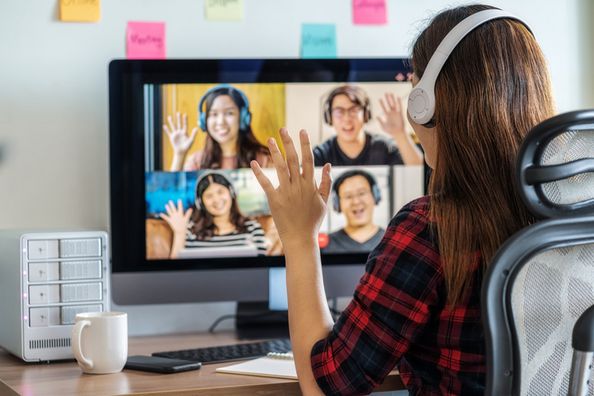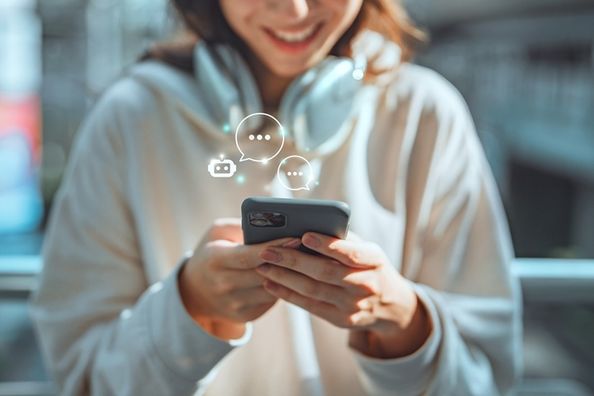The COVID-19 pandemic has caused millions of workers and students to rely on technology to perform everyday tasks. Many companies and schools utilize virtual meeting platforms to stay connected and safe during this unprecedented time. However, this new normal of communicating through and working on a screen for long hours may be causing eye strain or overall eye discomfort. In fact, it’s reported that more than 50 percent of people of all ages experience eye strain from digital devices.1 The pain can be distracting while trying to work or learn, but thankfully there are ways you can combat eyestrain.
Symptoms of eye strain
- Burning eyes
- Dry eyes
- Headache, especially behind your eyes
- Light sensitivity
- Double vision
Causes of eye strain
A lot of people experience eye strain after staring at a screen, focusing on a single task for an extended amount of time. You might feel additional eye strain if the device is not set to proper visual settings.
How your at-home workplace is set up can also impact your eyes. Sitting too close to your screen can cause eye discomfort and fatigue. Additionally, if you’re working on your computer or tablet for extended periods of time, reduced blink rates, low home humidity levels or working in a room with a fan may contribute to overall eye dryness. Incorrect or outdated eyeglasses or contact prescriptions also add to eye strain and fatigue.
Protecting your eyes
There are simple ways to avoid eye strain while using your digital devices. Regular eye appointments are critical for your eye health, as is making sure your vision prescription is up-to-date. Another way to protect your eyes includes sitting at arm’s length away from your screen. Adjusting the settings on your digital device can help too; make sure screen contrast, text size and glare are all set up to your specific needs to reduce eye strain.
Another recommendation from optometrists and ophthalmologists is using the 20−20−20 rule. This means for every 20 minutes of screen time you should look 20 feet away for 20 seconds to give your eyes a brief break. This gives you an opportunity to periodically blink and relax your visual system. You may also consider incorporating a lipid-based artificial tear to support your natural tear quality during prolonged sessions of screen time. Investing in a pair of glasses and device covers can minimize the amount of blue light from screens your eyes are exposed to, further reducing eye strain-related headaches.
If you experience changes with your vision or want to learn more about how you can protect your eyes, schedule an Ophthalmology appointment online or by calling your preferred location.
1Digital Eye Strain: Myths and Facts (2020, March 19). In Optometrists Network. Retrieved from https://www.optometrists.org/v…
Health Topics:







